Outraged residents take Ealing Council to court over Low Traffic Neighbourhoods
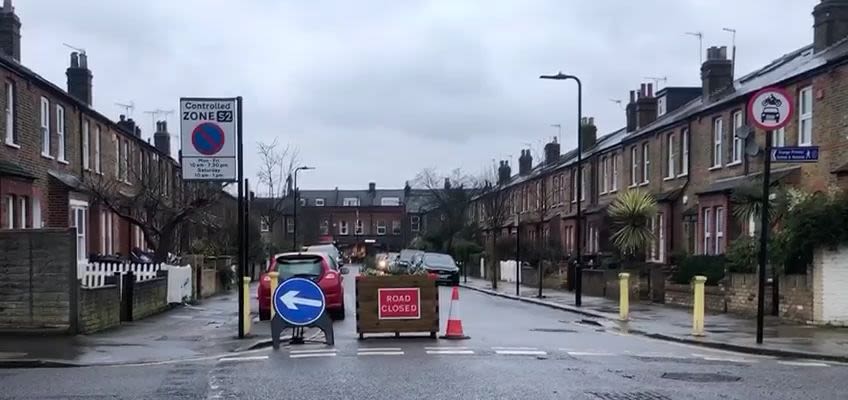
A legal bid to remove Ealing’s Low Traffic Neighbourhoods (LTNs) is set to have its first hearing on 12 February.
OneEaling, a group uniting opposition to Ealing’s LTNs, started a Crowdfunder which has raised £36,285 to support residents' legal fight against Ealing Council.
Three quarters of their initial £30,000 target was raised within three days.
Lorna O’Driscoll, who has been heavily involved in OneEaling from the outset, said: “What's happened in Ealing is undemocratic and absolutely appalling.
"Throughout this process, we’ve welcomed dialogue with Ealing Council. We don’t understand why they want to spend all this money fighting us.”
An Ealing Council representative said there was no formal pre action and they have not been approached to settle the matter out of court, but that they welcome dialogue with everyone.
It's contentious debate whether LTNs are unpopular or the opposition shouts louder.
A YouGov nationwide poll commissioned by GreenPeace, published in The Guardian, revealed only 8% of people strongly oppose them.
Yet 3,000 Ealing residents marched against LTNs in September, the largest march Ealing had seen to date, bigger than the opposition to TfL’s 2004 proposal to reintroduce an electric tram line along the Uxbridge Road.
A petition started by OneEaling demanding proper consultation and removal of the LTNs is now at 11,231 signatures.
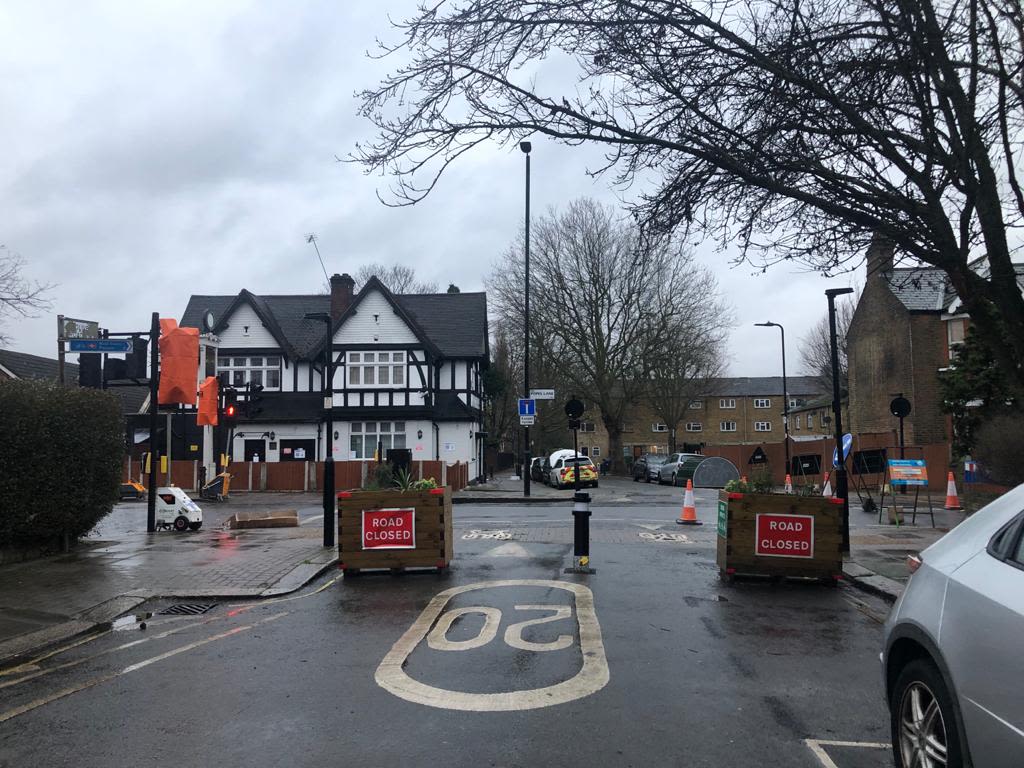
LTNs ‘help Londoners walk and cycle more, enjoy cleaner air, safer streets and create connected communities’ according to TfL.
Local authorities were ordered to undertake emergency procedures and introduce temporary traffic orders to prioritise cyclists and pedestrians in May 2020.
LTNs reduce traffic using bollards, prohibiting access to streets.
Ealing Council implemented 10 LTNs from July as LAs were told to act ‘as swiftly as possible’ or lose out on funding from TfLs £20million Active Travel Fund.
LAs gave seven days' notice to residents and businesses.
Leaflets were delivered, but Sam White a cab driver of LTN21 said: “The map was such poor quality; it was illegible.”
The bollards appeared a week later.
Government advice says the initial implementation period can be quick but the extra monitoring and consultation can make it a more 'onerous process overall'.
This appears to be the case for Ealing.
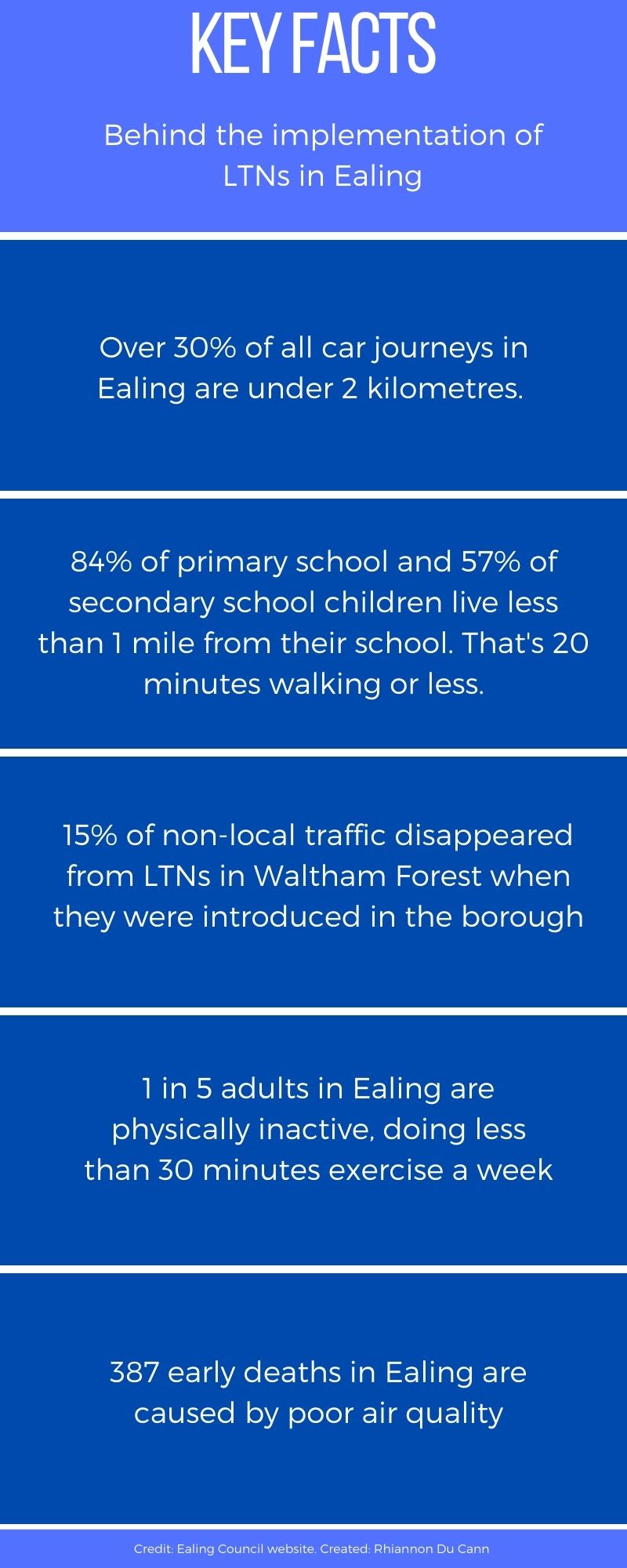
Why do people oppose the LTNs?
Residents were assured traffic would evaporate but it seems to have been displaced onto main roads.
White of LTN21 said: “In the actual LTN, there is less traffic. But if more cars are idling, there's more emissions.”
Ealing Council said they are trying to alleviate pressure on roads and public transport by encouraging walking and cycling as part of their pandemic response.
The level of congestion worries many as St Mark's Primary School is situated on Lower Boston Road.
This comes after an inquest concluded pollution had contributed to the death of nine-year-old Ella Kissi-Debrah.
These are the sunlit uplands of the LTN for us I’m afraid guys. I’m sure LTNs can work if properly thought out. Unfortunately in the case of LTN21 this has not been the case. pic.twitter.com/MOEVUnulaU
— Adam Davey (@adam_davey) December 24, 2020
Waltham Forest is said to be an LTN success story - a comparison of average daily vehicle numbers before and during the trial lead to some streets having over 90% reduction in traffic.
However, Sustrans, a charity facilitating walking and cycling, recommends that an LTN area is 1-1.5km².
Whereas Waltham Forest LTN is 00.66km², Ealing’s LTN21 is over double the size at 1.6/7km².
LTNs are both positively and negatively described as eerie. While the roads are safer for cyclists and pedestrians, The Telegraph reported that police fear LTNs could become crime ‘hotspots’.
Additionally, Janice Turner discussed in The Times how LTNs were leading to a culture war.
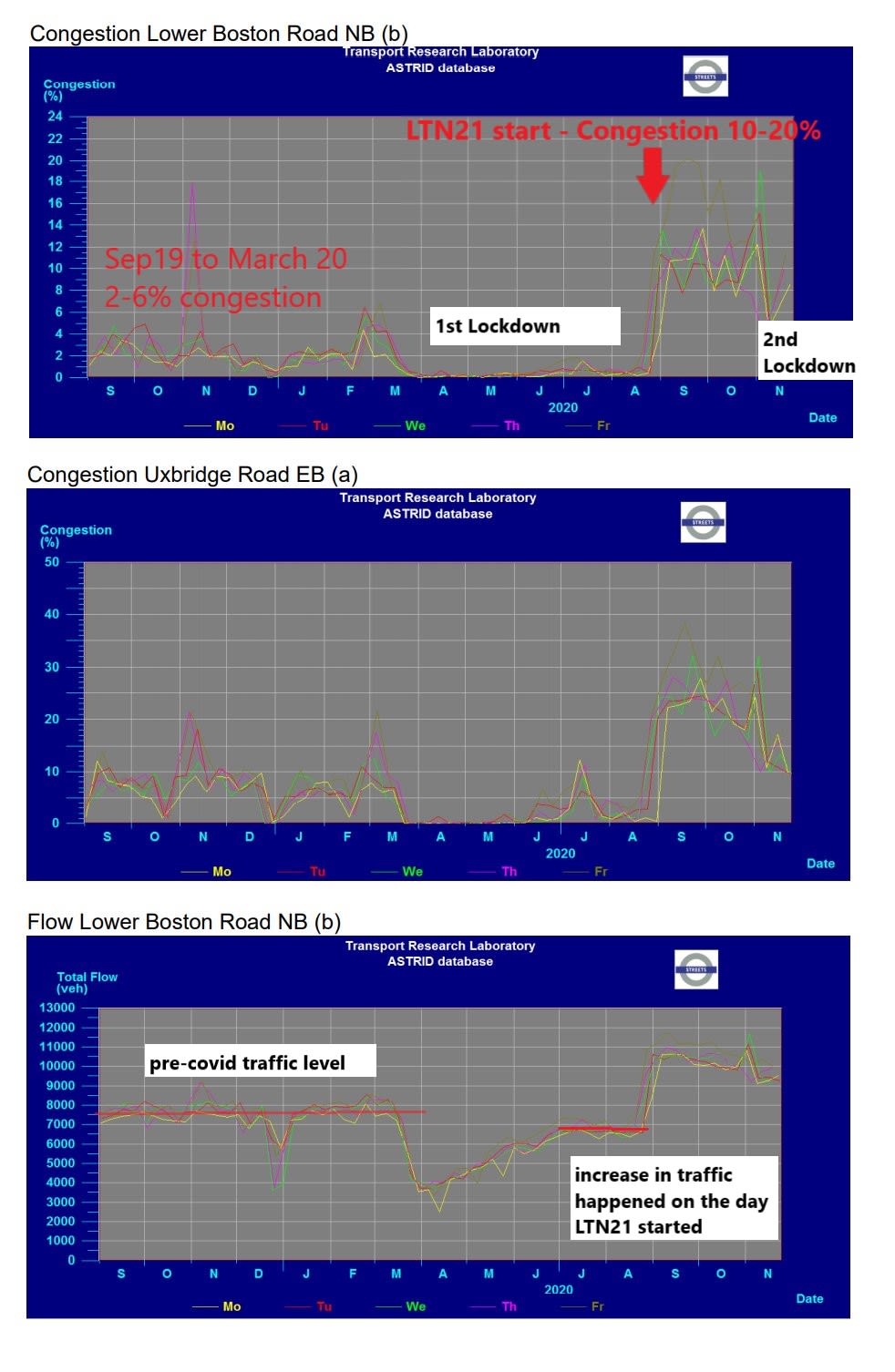
Graphs displaying increased levels of pollution. Graphs are from Ealing Council's website and annotated by OneEaling.
Graphs displaying increased levels of pollution. Graphs are from Ealing Council's website and annotated by OneEaling.
Things have occasionally turned ugly on both sides - bollards have been vandalised and graffitied. Other have been locked into place using third party padlocks.
Kaye of LTN30 said: “I’ve never seen a community so vexed by an issue.”
There's a lack of clarity amongst residents about what the LTNs seek to resolve.
While the pandemic partly initiated these schemes, many wonder how the LTNs’ efficacy can be calculated when comparisons with previous years are now irrelevant.
O’Driscoll said: “What kind of evaluation can you do in an extraordinary time when you’re trying to build policy for an ordinary time?”
Ealing Council believe it is vital to complete all trials to collect extensive data before making any final decisions.
The council says the LTNs aim to create quieter, safer neighbourhoods for local people; promote cycling and walking as an alternative to short car journeys; help improve air quality and tackle the climate emergency.
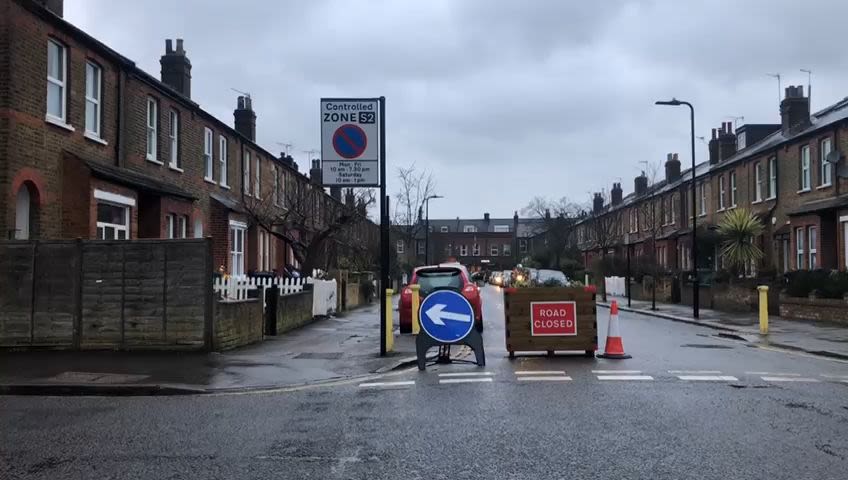
Simon Munk, Infrastructure Campaigner for the London Cycling Campaign, an 11,000 strong charity which campaigns for better cycling in London and supports LTNs, thinks it's too early to know if LTNs are working.
At the crux of the opposition is the sentiment residents have not been properly consulted.
Kaye of LTN30 said: “If you’re introducing something radical that impacts so many people’s daily lives, you need to consult them, instead it was just a fait accompli.”
Do you think the #LTNs in #Ealing should be removed? #journorequest
— Rhiannon Du Cann (@Rhiannon_ducann) January 19, 2021
Ealing Council said they have worked to ensure residents can engage directly with them and have written to residents who live within the LTNs.
Ealing Council believe the CommonPlace website is the most effective way of hearing everyone's views and the comments will help shape the final decision.
An Ealing Council representative said: “All options for the future of each trial LTN remain open and this includes retention, removal, or further amendment.”
Ealing Council's summary of Commonplace responses in November found that 76% of comments were negative.
Concerns have been raised about bollards causing delays to emergency services.
Ealing Council were forced to apologise in September for failing to include the London Ambulance Service (LAS) during consultations with the Metropolitan Police and London Fire Brigade (LFB).
LAS said they are unable to see concretely whether LTNs have impacted their response times as the pandemic has increased demand.
LFB requested the removal of some bollards and these are now being replaced with ANPR Cameras.
However, this comes at additional costs.
Nobody denies that London's traffic must be reduced but the ‘quick’ and ‘onerous’ implementation is taking its toll.
Sam White’s partner, who grew up in the house they live in now in LTN21 told him: “If we had the money, I would move.”
The LTNs requirement for significant behavioural change, coupled with the resentment towards how they have been implemented means Ealing Council might have started a fire they can’t control.
Much like the traffic, the anger in Ealing seems unlikely to evaporate any time soon.

